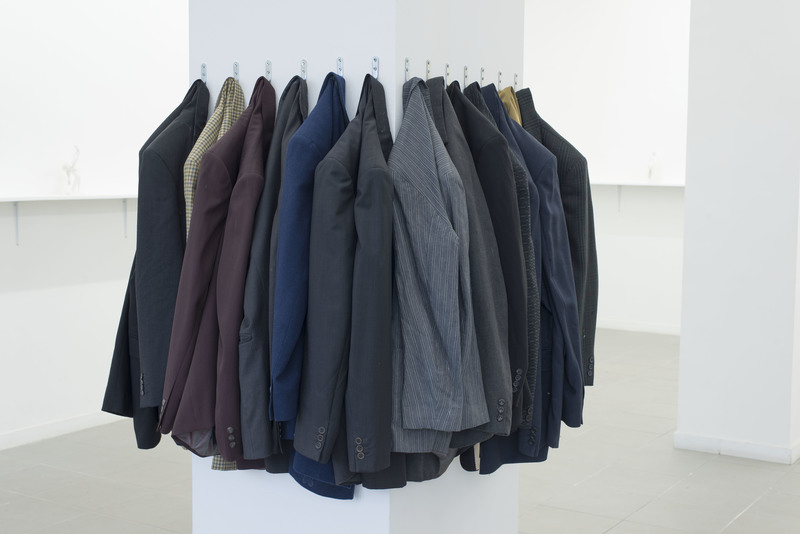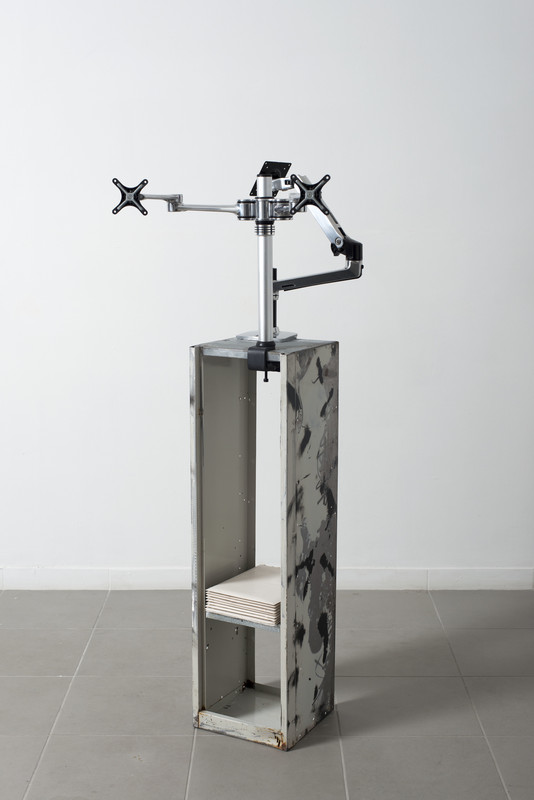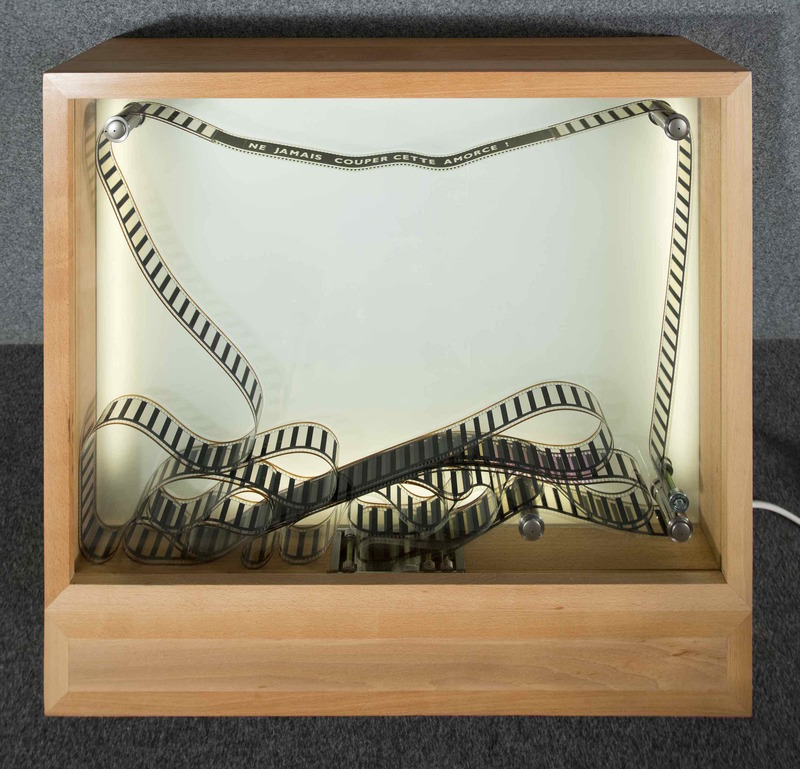Everyday objects and materials in art: contemporary responses to a century-old practice
One hundred years ago a bicycle wheel moved art forward into directions never explored before. This particular Bicycle Wheel was a readymade work of art by the artist Marcel Duchamp, shown in a 1916 DADA exhibition in New York. While the vaster aims of the DADA art movement were to subvert art through political irreverence and absurd creations, Duchamp’s use of found objects modified and assembled into artworks challenged the very meaning of art and artistic practice. This put an emphasis to the concept behind a work of art, rather than the materials it was made of. This idea still sparks the same type of controversy and conversation Duchamp was looking for when he used everyday objects in the first place: what defines art, its creation and authorship when a manufactured, found object is involved? In the year marking the centenary of the DADA movement, the use of everyday materials and found objects in contemporary art has evolved into new concerns and directions. Such new creative uses of found objects can be found within many young artists’ practices.
Dominik Lang, born in the Czech Republic in 1980 and working in Prague, is an artist whose practice directly stems from uses of the readymade: his assemblage of familiar objects to create new environments creates new relations between the object and the viewer. In his work Group Whisper (2015), the installation of 26 jackets on metal hooks uses clothing as a substitute for the human figure, creating an installation on our relation to spaces and behavior which is disquieting and strange yet familiar.
 Dominik Lang, Group Whisper, 2015, 26 jackets, metal hooks, column
Dominik Lang, Group Whisper, 2015, 26 jackets, metal hooks, column
For Marco Strappato, born in Italy in 1982 and working in London, the relation to using found objects relates back to the conceptual ideas Duchamp was exploring, subverting definitions and expectations of art. With a sculptural installation such as Apollo and Daphne from 2015, a reference both to the Greek myth and Bernini’s sculpture of the god chasing a nymph, he explores the substitution of classical forms with objects such as desk mounts on a spray-painted locker. These associations allow him to question the way we construct images and ideas.
 Marco Strappato, Apollo and Daphne, 2015, customized locker, 2 desk mount LCD arms, jesmonite sheets, spray paint, filler
Marco Strappato, Apollo and Daphne, 2015, customized locker, 2 desk mount LCD arms, jesmonite sheets, spray paint, filler
Rosa Barba (born Italy, 1972) is an Italian artist working in Berlin, whose practice in readymade and found objects is specifically related to film, revolving around the relation between the projection of film and the celluloid material itself. Her work Coupez Ici, from 2012, is a work whose title is a play on the strip of celluloid instructing not to be cut, within a light-box with a motor which encourages the scrolling of the film. By making the material process of film visible and manipulating its nature through sculptures and installations, she breaks down the way we consider both the form and content of a work of film. Furthermore, her works asks sensitive questions about preservation and materiality in an age of increasingly digitised content.
 Rosa Barba, Coupez Ici, 2012, 35 mm film, lightbox and motor
Rosa Barba, Coupez Ici, 2012, 35 mm film, lightbox and motor
Despite its 100-year anniversary, the use of the readymade and everyday objects in art is not getting outdated anytime soon. Its continued use in contemporary artistic practices reflects our concerns about the objects we surround ourselves with, while constantly playing with the notion of art and creation.
Artvisor
All the works above are available through Artvisor.
Content retrieved from: https://www.artvisor.com/journal/everyday-objects-and-materials-in-art-contemporary-responses-to-a-century-old-practice.
